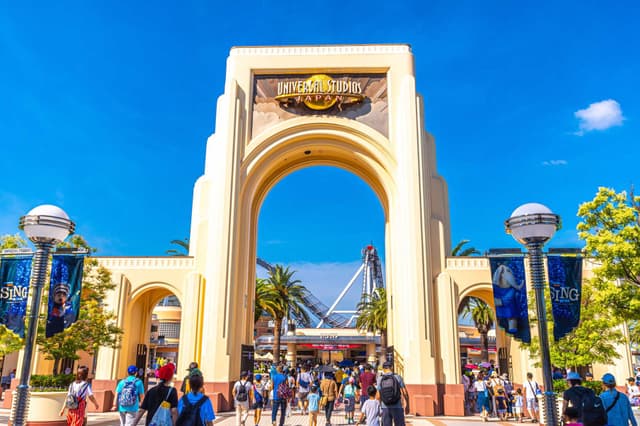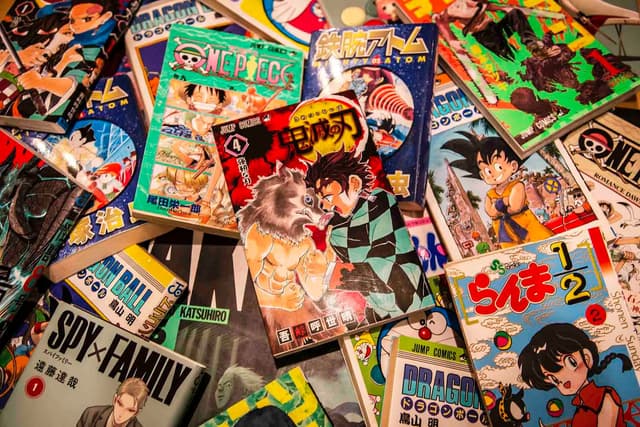
A Guide to Using the Suica Card: Tokyo's no. 1 IC Card
James Saunders-Wyndham

James Saunders-Wyndham
Table of contents:
If you’re staying in Tokyo and want a quick, easy way to pay for trains, buses, and small purchases, then the Suica card is your perfect cashless solution. And if you're living in Japan or thinking about moving here, this guide is also for you!
Here, we will show you how to buy, recharge, and use use your Suica Card while traveling around Japan. We’ll also compare it to alternatives and share insider tips to make your trip easier.
To find out more about other prepaid cards, like Suica, check out our guide to Japan's prepaid IC cards. Also, I recommend that you check out our article about different payment options in Japan.

Local Insight:
Suica Cards cannot be used for travel on the Bullet Train (Shinkansen). For extensive travel across Japan, I recommend the Japan Rail Pass. Tickets are available through the official Japan Rail Pass site or Klook JR Pass.You can only buy a Suica card from JR-East major stations or JR-East Travel Service Centers. The service centers are located in both Narita Airport and Haneda Airport. Both airports are used by tourists flying into the greater Tokyo area.
Local Insight:
If you're arriving in Japan at Narita airport, streamline your journey by booking airport transfer services or an express train to Shibuya or Shinjuku. Special offers available through our Klook affiliate link.Local Insight:
If you're arriving in Japan at Haneda airport, you book a private airport transfer. Special offers available through our Klook affiliate link.Just tap your phone against the card reader as you pass through the train station turnstiles. Your phone must be powered on, but it doesn't require unlocking or a WiFi connection.








Suica cards can be recharged at various locations where the Suica logo and associated IC card logos are displayed. Locations include:
Look for the Suica recharge machines and follow the instructions on the screen. Just choose the recharge amount shown on the screen.

It is important to ensure that you have enough credit on the card to cover your fare before boarding.

Yes, you need a separate Suica Card for each traveler. When using your Suica card on public transport, you CANNOT share your Suica card with other people. When using for travel, passengers MUST have one card per person.
No, your child under six years of age does not need a Suica Card. In Japan, two children, between the ages of 1 to 5 years old, can travel for free while accompanied by one adult
The card was originally designed by Japan Rail-East to use on public transport. It was not intend for use with other purchases. However, over time use for the card has changed, but JR-East has yet to increase the cash limit.
Tourists can purchase the ICOCA Card if you are arriving in Japan via the Kansai Airport, near Osaka. ICOCA is the alternative to Suica for Western Japan.

When it comes to making payments in Japan, both the Suica Card advantages and disadvantages. Understanding these can help individuals make an informed decision on which payment method to use in different scenarios.

You can use some convenience store ATMs to top up money on your Suica card. However, you CANNOT withdraw that money as cash. You can only use that money by charging a purchase to your Suica card.
No, you cannot get the balance on your card refunded. Once your cash is transferred to your Suica card, it stays there until you spend it.
I have seen many people on Japan tourist forums complain that they still have money remaining on the card at the end of their trip.
Remember though, that you can use your Suica card to buy stuff at the convenience store. Be sure to use up the last of your balance before you leave Japan!
For tourists visiting Japan, I do recommend using a Suica card. It simplifies the payment process, which is handy when you don't speak Japanese.
It is a smoother and hassle-free process to get on and off the many Tokyo trains you will take. The Suica Card can also be used to access lockers at train stations, making it easy to store luggage or other belongings while exploring.
Here is a short video if you need further visual confirmation on how the Suica card work while on your Japan trip.
Yes, foreigners can easily buy a Suica card. You can get one at train stations, ticket machines, or from staff at JR East counters. There’s no special requirement—you just pay a deposit and load money onto the card.
Yes, a Suica card is worth getting if you’re traveling in Japan. It makes public transportation easy to use and saves time since you don’t need to buy tickets for every ride. You can also use it for shopping and vending machines.
To use a Suica card, simply tap it on the reader at train gates, buses, or participating stores. The amount will automatically be deducted from the card balance.
You can use a Suica card on trains, buses, and even in many stores, restaurants, and vending machines. It works best in areas served by JR East but is also accepted in other major regions.
You can recharge your Suica card at ticket machines or convenience stores. Just insert the card, choose the amount, and pay with cash or a card.
Loading Comments...

I've been immersed in Japanese culture and daily life for over 30 years and am proud to call Japan my home. Originally from Australia, my journey has taken me from teaching at Japanese universities to traveling extensively across the country, uncovering its hidden gems. As a web developer, I built Romancing Japan from the ground up to share these experiences with you. Whether it's the charm of old Kyoto, the pulse of Tokyo, or the tranquility of the countryside, I love helping others discover the magic of Japan—one story at a time.





